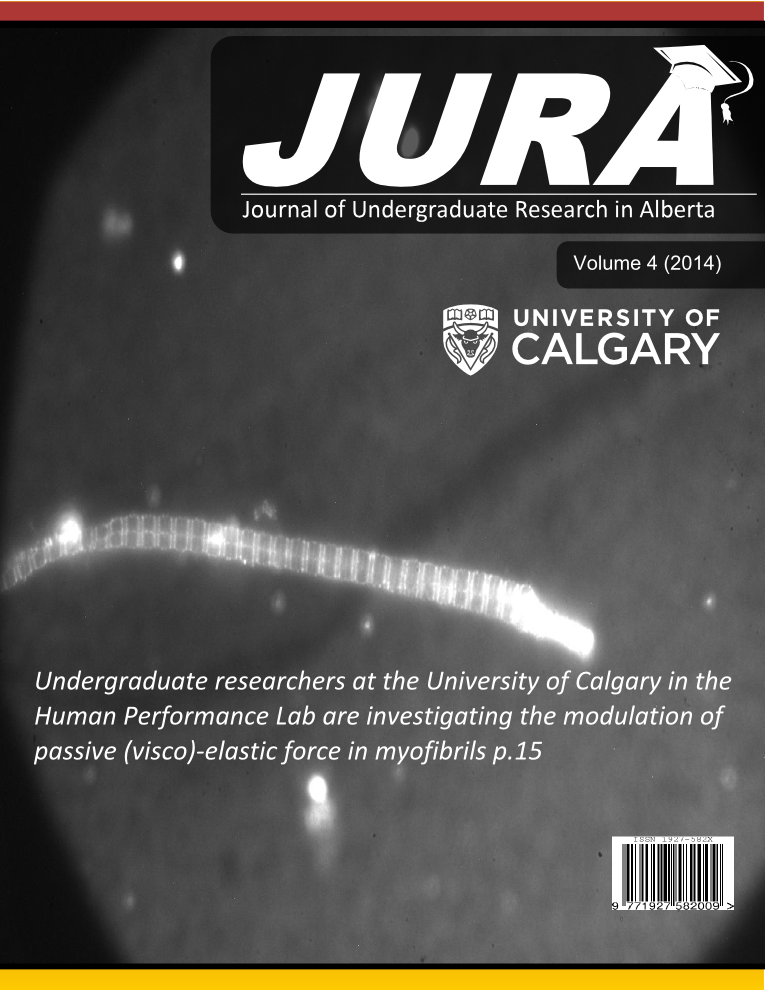Monophyly of eusocial wasps (Hymenoptera:Vespidae): molecules and morphology tell opposing histories
Keywords:
Vespidae, eusociality, phylogenetics, phylogenetic incongruenceAbstract
Studying the transition from solitary to eusocial life in insects has the potential to elucidate long-standing evolutionary questions regarding phenotypic decoupling and altruistic behavior. Phylogenies provide insight into the ancestral states and environmental contexts that subserve worker/queen decoupling, and thus are the framework for understanding origins of eusociality. We present a thorough phylogenetic analysis of the Vespidae, utilizing phenotypic and molecular data of previous studies in conjunction with newly acquired data, in an effort to explain how solitary ancestors may have crossed the threshold of eusociality. Previous studies show conflicting phylogenies for Vespidae, and differ in their conclusions regarding whether eusociality has evolved once or twice in these wasps. The causes of phylogenetic incongruence are numerous and so we postulate the primary drivers of phylogenetic incongruence complicating reconstruction of the Vespidae phylogeny. Simultaneous analysis of phenotypic characters (269 morphological and 66 behavioral) and molecular data (CO1, 28S, 16S, 12S) for 74 taxa supports a (Stenogastrinae + (Polistinae + Vespinae)) clade and thus a single origin of eusociality. Phylogenies derived strictly from molecular evidence place Stenogastrinae as basal and thus support a dual origin of eusociality.Our reanalysis shows that previous studies recovering diphyly of eusocial wasps withstand the effects of low taxon sampling, suboptimal alignments and a two-step approach causing phylogenetic error; we achieved similar topologies using ~three-fold more terminal ingroups and a different suite of loci. All trees derived exclusively from molecular evidence suggest dual origins of eusociality; however, the relative positions of Euparagiinae, Masarinae and Stenogastrinae are inconsistent across the different cladistic methods. Our results show that a portion of phylogenetic incongruence is attributable to method choice, but that the primary driver of incongruence is data type inclusion – that is, the topology produced changes when phenotypic data is included. We conclude that vespid subfamily relationships are obfuscated by the fact that phenotypic and molecular evidence are at odds. Nonetheless, we advocate topologies retrieved from simultaneous analysis of all available evidence. Thus, a single origin of wasp eusociality is the best hypothesis, highlighting the rarity and salience of simultaneous progressive provisioning emergence.
Downloads
References
Pickett & Carpenter. Arthropod Syst. Phylogeny. 68:3-33, 2010.
Downloads
Additional Files
Published
Issue
Section
License
Authors retain all rights to their research work. Articles may be submitted to and accepted in other journals subsequent to publishing in JURA. Our only condition is that articles cannot be used in another undergraduate journal. Authors must be aware, however, that professional journals may refuse articles submitted or accepted elsewhere—JURA included.


